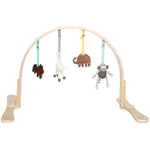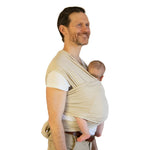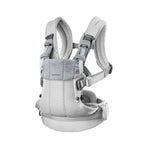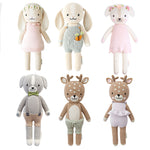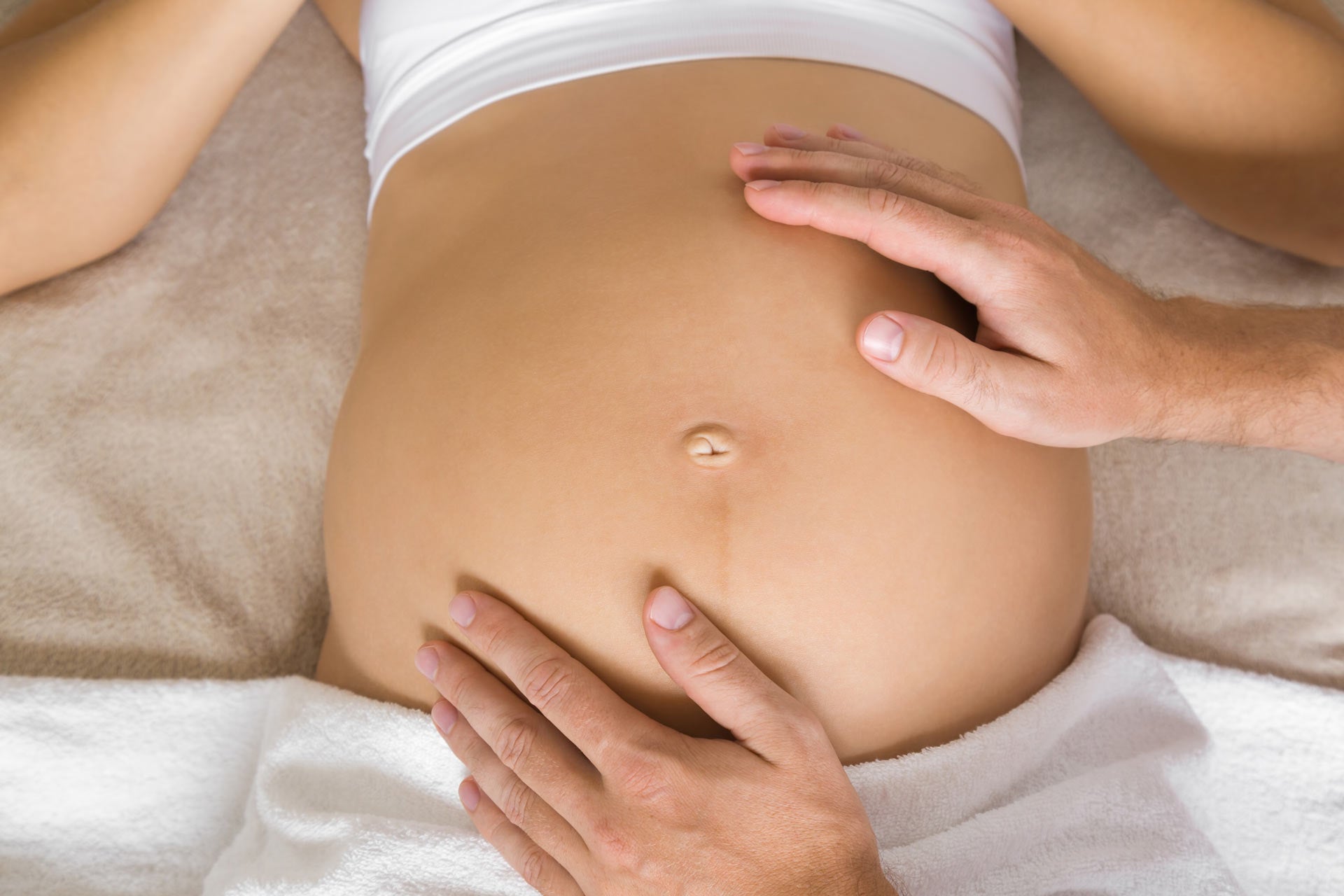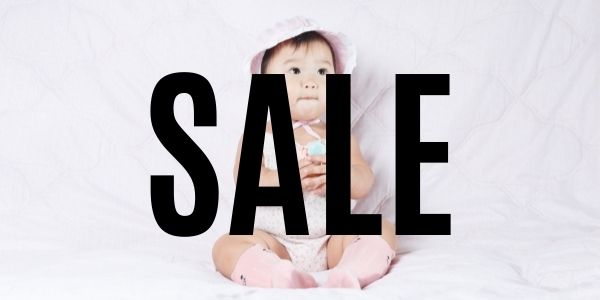At the second half of your third trimester you’re likely feeling excited that the baby is almost here, but also starting to think about all that labor and birth will entail! It’s starting to feel real, right?!
At your most recent appointment, you were probably told by your midwife or OB the position of your baby. Most providers will use an ultrasound to determine your baby’s positioning, but skilled practitioners can also use palpation (feeling with their hands) to check with confidence!
The major possibilities are:
- Vertex/Head Down
- Breech/Head Up
- Transverse Lie/Sideways
- Oblique/Diagonal
Before 24-26 weeks, it is normal for the baby to be in the transverse lie position. Usually, by 24-29 weeks babies will turn to be either vertex or breech, ideally vertex. Most babies will flip their heads down on their own, even if they were previously breech, by 28-32 weeks, getting them ready for a descent into the pelvis! It is at this time that the baby’s head is heavy enough that gravity pulls them into a head-down position.
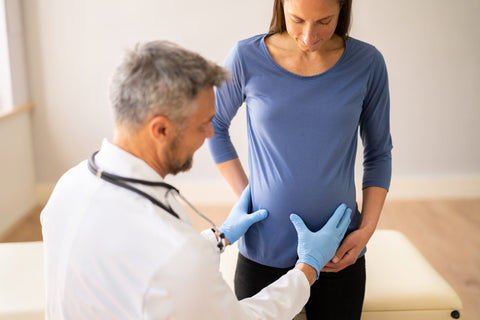
So why is your baby’s positioning such a big deal
- Safety of the birth for both mom and baby
- The breech, transverse, or oblique presentations can potentially (though not always) result in complications during birth.
- Ability to pursue a vaginal birth, if desired
- Due to concerns about possible complications during birth AND the lack of adequate training for most providers today in vaginal breech birth, most providers will consider a breech baby situation a necessary cesarean birth. For moms wanting to pursue a vaginal birth, it is essential to give the baby the best chance possible to flip their head down into a more optimal position.
What if you’ve been told your baby is breech?
If you’ve been told that your baby is breech (or transverse or oblique), the great news is that there are still things you can do to create room in the pelvis and encourage the baby to flip on his/her own!
What contributes to a baby being unable to turn its head down?
Multiple factors can contribute to a baby not turning its head down. One of the biggest contributing factors is imbalance and/or tightness within the mother’s body. While there are other possible contributors, this category is likely responsible for most breech situations.
Other possible contributing factors could include placenta positioning, the amount of amniotic fluid, and the length or positioning of the umbilical cord.
What can you do about it?
If you get to 35+ weeks and the baby is still breech, some midwives/OBs will suggest an external cephalic version. This procedure involves the practitioner using their hands on the mother’s abdomen to apply pressure in an effort to manually turn the baby. While it can help the baby turn and allow the mother to have a vaginal birth in some instances, it can also be a painful procedure and can carry risks.
There are other options that could potentially give the baby the room needed to move into a vertex position on his/her own. These options are all focused on improving the imbalances and/or tightness that may be preventing the baby from having enough room to move around and flip its head down.
Some other options to consider are:
- Chiropractic care with a Webster Technique certified chiropractor
- The Webster Technique is a special chiropractic technique designed for pregnancy. Misalignment and nervous system dysfunction in the pelvic/sacral area can contribute to the baby being unable to move into an ideal position for labor and a difficult labor for the mom. The goal of the Webster Technique is to improve both the biomechanics of the pelvis/sacrum AND improve the function of the nerves that supply the pelvis and reproductive organs, including the uterus. By doing this, chiropractic care can have a positive impact on the ability of the baby to move into a head-down position on their own, comfort for the mom during pregnancy, and potentially an easier labor.
You can find a Webster Technique-certified chiropractor by looking at the ICPA directory at icp4kids.com

- Spinning Babies exercises
- Spinning Babies exercises were designed to prepare the body for labor and birth, keeping normal physiology in mind. When done properly, the Spinning Babies exercises can help balance the ligaments, fascia, and muscles of the pelvis to make it easier for the baby to move into a more ideal position for birth.
Their website, is a wealth of information and provides details about the exercises and how to complete them properly.
- Moxibustion with an acupuncturist
- Moxibustion is a traditional Chinese technique that involves applying heat to certain points on the body. It is thought that this technique works by stimulating the release of prostaglandins that may increase fetal activity and uterine contraction.
Sometimes babies will go vertex and then at some point flip back into the breech position. I don’t come across this often in my chiropractic practice, but anecdotally it seems to be correlated with mom being under a lot of stress. If you’re feeling overwhelmed or like there is a lot to do in preparation for the baby, take some time to relax, enjoy the last few weeks of pregnancy, and trust that everything will be okay!
Remember that babies are innately intelligent. If you do everything you can to support them having enough room to turn and they STILL don’t, perhaps they innately know they were meant not to go head down. For example, a baby with a short umbilical cord or a low-lying placenta may not be able to flip.
One thing to note: If the baby was born breech or spent a significant amount of time in the breech position before turning head down, there could be some physical signs of the way they were stuck in the uterus. Make sure to get their cranium and hips checked by a pediatrician and a pediatric chiropractor.
You’re almost there, Mama! You’re doing a great job!
Looking for weekly pregnancy updates & advice from industry experts?

ABOUT THE AUTHOR
Dr. Annamarie Nardini, a dedicated mom to her son Luke, practices family, pediatric, and perinatal chiropractic in Scarsdale, NY at The Homestead Family Chiropractic alongside her husband. With additional certifications from the International Chiropractic Pediatric Association (Webster Technique, Perinatal, & Pediatrics), she focuses on serving pregnant and postpartum mothers, infants, and children. Dr. Anna's mission is to empower families through education and nervous system-based chiropractic care, helping them reclaim their health.


